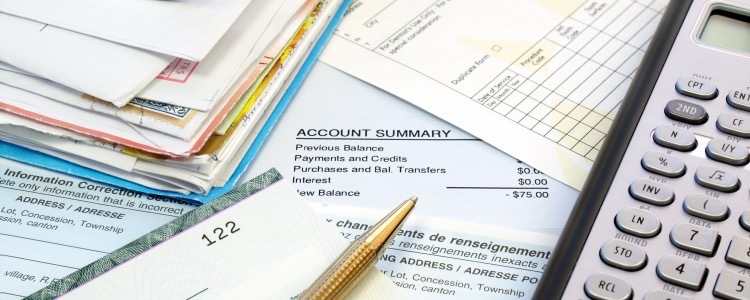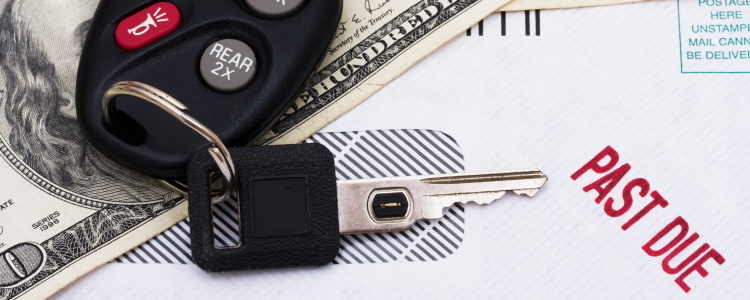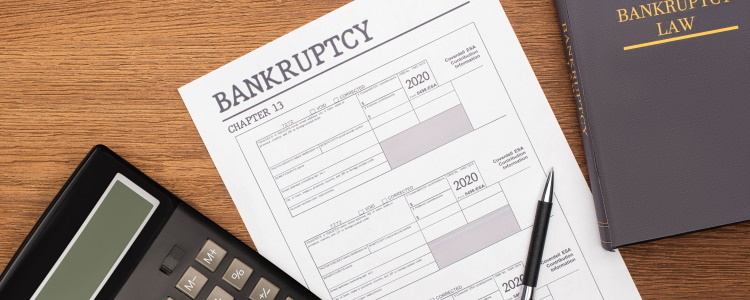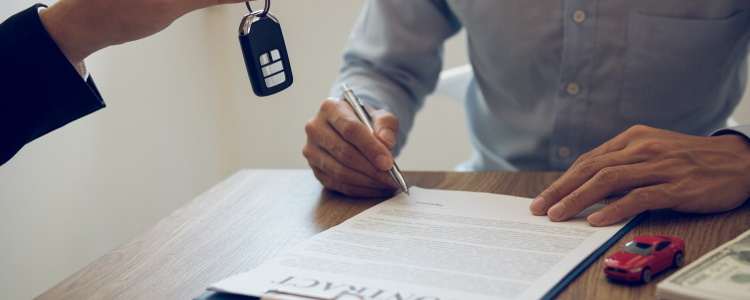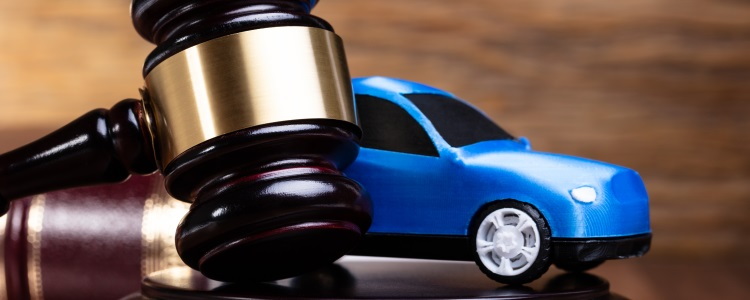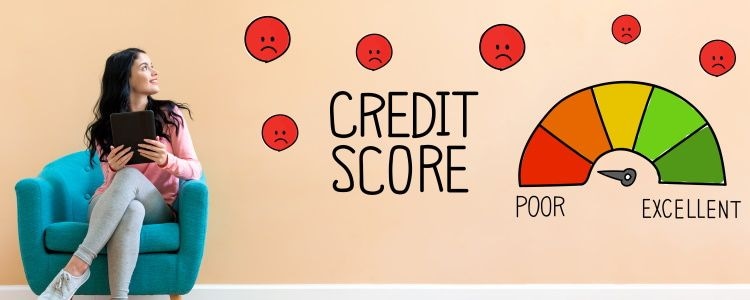When it comes to a charged-off auto loan, what happens to your car and the loan during bankruptcy depends on the status of your auto loan, which bankruptcy you choose, and your willingness to pay in order to keep the vehicle.
Charged-Off Car Loans
Charge-offs are unpaid debts that get classified as “bad debt” after multiple missed or late payments or unsuccessful attempts from the creditor to collect. A charged-off debt is one that the lender has removed from their books and subsequently closed the account.
A charged-off car loan, like a charged-off debt, is sold by the original lender. However, just because it’s charged off doesn’t mean you’re no longer responsible for paying it. The loan is typically sold or transferred to another lender or to a collection agency, and they attempt to collect the debt from you.
Some auto loans can be charged off without the vehicle being repossessed. Not all charge-offs are associated with repo, and things can get complicated when it comes to bankruptcy.
Bankruptcy and Charge-Offs
 When it comes to a charged-off car loan, whether you want to discharge the debt during bankruptcy or not, you must include it in your paperwork when you initially file. To do this, you have to list the debt as either secured or unsecured.
When it comes to a charged-off car loan, whether you want to discharge the debt during bankruptcy or not, you must include it in your paperwork when you initially file. To do this, you have to list the debt as either secured or unsecured.
If you have a charged-off auto loan and you file bankruptcy, the debt could be discharged if the vehicle is repossessed. Car loans are secured debts, and the vehicle itself is what secures it. When you promise to repay the auto loan, you agree that the lender can take possession of the car through repossession if you default.
Once a vehicle is repossessed, any leftover loan balance after they sell the car is unsecured, which means it can usually be discharged during bankruptcy. Most unsecured debts and loans, such as credit card debt, qualify to be discharged if they’re not repaid by the end of bankruptcy.
If your auto loan has been charged off but you still have the vehicle, then you may be able to keep the car depending on the Chapter of bankruptcy you file.
Charged-Off Car Loan in Chapter 7
If your car loan was charged off but you still have the vehicle, it's considered a secured debt. Since the title is in your name because the car hasn't been sold by your lender, the entire loan balance is a secured debt and you note this on your bankruptcy forms.
If you want to keep the vehicle that’s still secured, then you need to reaffirm (keep making payments) or redeem the auto loan (pay for the car’s value in full). However, reaffirming is typically only possible if you’re current on the loan, and a charged-off auto loan means you’re not current – so redemption is likely your only choice if you want to keep the vehicle.
If the loan is charged off and the lender repossessed the car, the loan balance is now unsecured. Any loan balance not recovered by the sale of the vehicle is now a deficiency balance, and it can typically be discharged, along with most other unsecured debts in Chapter 7 bankruptcy.
Charged-Off Car Loan in Chapter 13
If you file Chapter 13 bankruptcy, you may be able to keep paying on the loan and keep the car even if the loan is charged off. If the vehicle was repossessed, you may even be able to get the car back. However, to get it back, you likely need to pay off the loan in full, according to the legal site Nolo.com.
Another option you might have is to cram down the loan and pay only the fair market value of it. A cramdown involves lowering your loan balance to your vehicle’s value. If your loan is in a negative equity position, meaning you owe more than it’s worth, you may be able to cram down the loan and establish a payment plan that involves only paying for the car’s value. This could save you a lot of money on the auto loan and if you meet the requirements.
Another option is surrendering the vehicle to the lender (voluntary repossession) and using its auction proceeds to lower the loan amount. And, because the loan is no longer secured by the car, it can be discharged along with your other debts at the end of your Chapter 13.
Bankruptcy Aftermath
After bankruptcy, you’re usually in a much better financial position than when you started. Most unsecured debts typically get discharged, and your finances are usually in better shape overall. However, your credit score may be worse for wear.
Your credit reports can reflect a bankruptcy for up to seven or 10 years, depending on what type you filed. With a bankruptcy on your credit reports, it can make it hard to qualify for another auto loan even when your bankruptcy is discharged and completed. But there are lenders that can assist post-bankruptcy borrowers, called subprime lenders.
Subprime lenders specialize in helping with tough credit situations, such as charged-off car loans, past repossession, and bankruptcy. Finding these lenders, though, can be a little tricky since they don’t usually stick out in the crowd of lenders and dealerships – we want to help with that.
Here at Auto Credit Express, our aim is to connect borrowers to dealers that are signed up with bad credit lending options. To get matched to a dealership near you that can assist borrowers with poor credit and unique credit situations, fill out our free auto loan request form. We’ll get right to work looking for a dealer in your local area!
